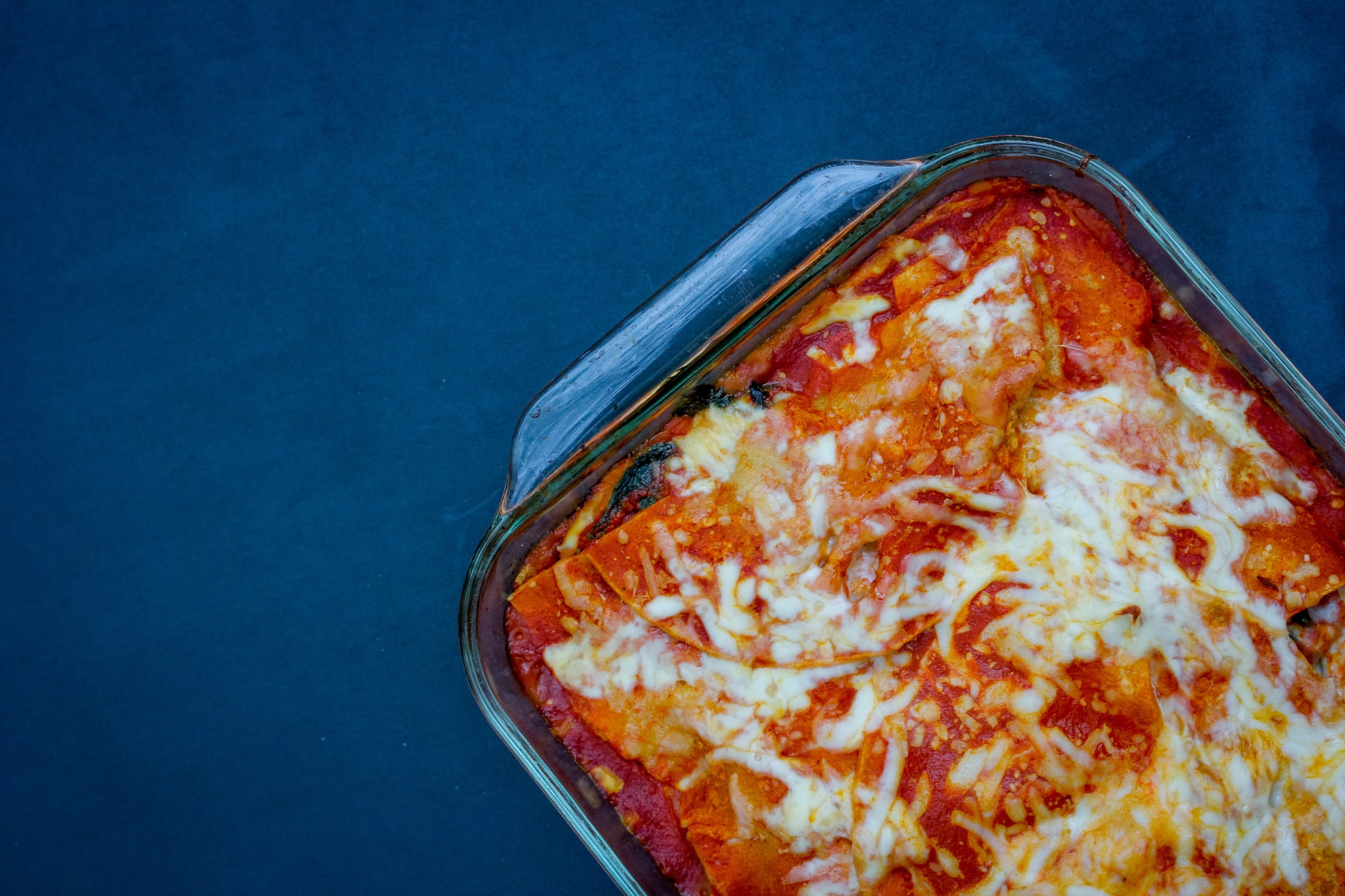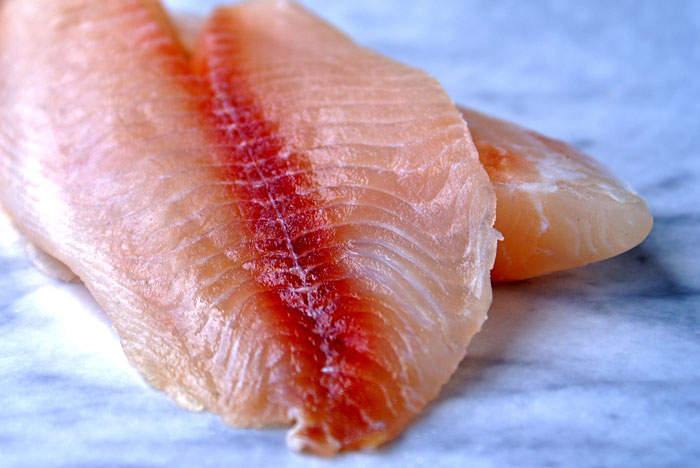It's World Oceans Day again, and, wow, has the world's fish been in the spotlight in the past year or what? This time last year, the Deepwater Horizon oil spill was still oozing across the Gulf of Mexico. And it seems there's news every day about a threatened wild fish or some irresponsibly cultivated farmed fish. What's a conscientious fish-lover looking for sustainable seafood to do?

Our selections have remained pretty consistent, though there have some changes. For example, this year, we knocked tilapia off our list of faves. Why? The fish is still an environmental darling – when it's cultivated in recirculating tanks. But a recent New York Times story revealed that intense demand for the fish has lead to some questionable products on the market. Tilapia cultivated in the U.S. is still a “best choice,” but less than 5% of the tilapia on the market is from here. Much, but not all, tilapia from Central America is OK, and lots of it comes from China, which is definitely a no-no (a new Food & Drug Administration report uncovers serious concerns about contamination in China's fish farms).
All that makes shopping for truly sustainable tilapia a bigger project than a busy shopper might want. (If you're a fan of tilapia, try widely available U.S.-raised catfish instead.)
View from the Bay. Watch this video to discover how easy it is to cook mussels — and what you should ask the folks at the fish counter.
Drum roll, please, here are NOURISH Evolution's Super Seven Sustainable Seafood Picks for 2011:
Barramundi. A common fish in Australia, barramundi is now being farmed sustainably both here in the U.S. and in Southeast Asia. Since they are a fast-growing fish, they’re a great choice for aquaculture.
Farmed Clams, Mussels, Bay Scallops, and Oysters. These bivalve mollusks leave their environment even cleaner than when they arrive because they filter particulates from the water. Even better, farmed versions of these mollusks from anywhere in the world are considered environmentally sound.
Alaskan Pacific Cod. Moist, lean, tender, and mild–if you crave cod these days, make sure it’s from Alaska, which has the most sustainable supply. It’s also marketed as Alaska cod, true cod, gray cod or simply as “cod” (like its less-sustainable cousin, Atlantic cod, so you'll have to quiz the fishmonger). Pacific Halibut is another great alternative.
Sablefish (Black Cod). This omega-3 fatty acid-rich fish is prized for its velvety, buttery texture. Sablefish is neither cod nor butterfish, though it resembles both and may be labeled black cod, Alaska cod (just like Pacific cod, so be sure to ask the fishmonger if it’s really sablefish) or butterfish. Sablefish from Alaska or British Columbia is the most sustainable choice; Alaksan wild salmon also works well in many recipes calling for sablefish.
Alaskan Wild Salmon. Alaska’s wild salmon is a model of fishery management, so it’s abundant and widely available (fresh when it’s in season in summer and frozen year-round). We also think wild salmon has superior flavor and texture to its farmed cousins. If you can’t find Alaskan wild salmon, try sablefish or Arctic char.
Arctic Char. This is actually a member of the salmon family. In the U.S. and other parts of the world, it’s being raised in sustainable environments. It's a delicious everyday alternative to salmon.
Herring/Sardines. Sardines are a type of herring, a small, fast-growing fish caught in purse seines with minimal bycatch and habitat damage. You’ll typically find them in cans or jars, often smoked or pickled, although fresh whole sardines are increasingly available, too, and are delicious grilled or broiled.
Certainly, these aren't the only sustainable seafood, just seven of our favorites. When it comes to selecting other types of fish, here are few simple guidelines:
- Skip supercheap fish. This advice comes from Mark Kurlansky's new book, World Without Fish (Workman), a cautionary tale written for his young daughter and other kids. “Cheap fish has usually been caught in careless ways,” he warns. Likewise, cheap farmed fish may be the result of sloppy aquaculture practices.
- Beware of the hot “new” fish. High demand often leads to overfishing, says Kurlansky. Orange roughy and Chilean seabass are just two examples of fish that high demand has pushed onto everyone's “avoid” list.
- Eat a variety of fish. We all have our favorites, and it's easy to get into a rut (Lord knows, we love Alaskan wild salmon in our household). To avoid overtaxing any particular fish stock, make a point of expanding your seafood repertoire to eat a range of fish, from big carnivores like salmon down to sardines and other abundant choices lower on the food chain.
- Shop at stores that support sustainable seafood. If you have a local fishmonger who's knowledgeable about sustainable choices, that's great. For guidance shopping at larger retailers, check out Greenpeace USA's Supermarket Scorecard to see how your favorite store stacks up.












